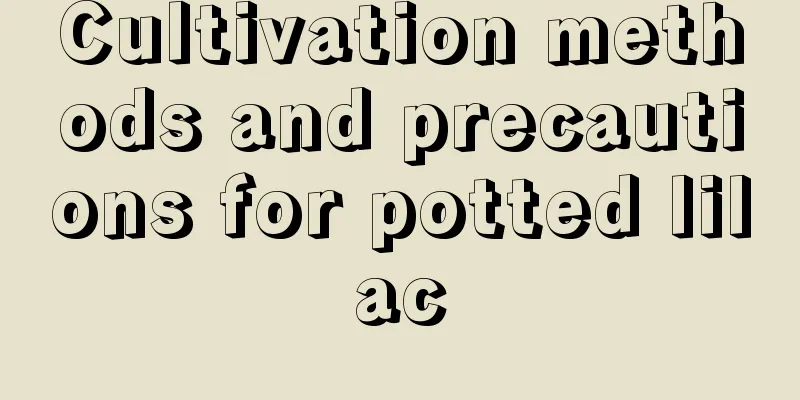Tips for watering peanuts

|
As a deep-rooted crop, peanuts have special requirements for water during their growth and development process. Therefore, timely and appropriate watering is crucial to the growth of peanuts. But many people don’t know how to water it. In fact, there are some tips that can be used as a reference. Let’s take a look at the complete tips for watering peanuts. Tips for watering peanuts When watering peanuts, just master the six-word formula, namely "dry seedlings, wet flowers, and moist pods." 1. Dry seedlings: During the peanut seedling stage, the soil should be kept appropriately dry to promote deep rooting and short and strong seedlings. 2. Wet flowers: This is the flowering period. This is the time when peanuts require the most water. Be careful not to lack water to promote flowering and needle formation. 2. Pod moistening: During the pod-setting period, the soil should be kept moderately moist to meet the needs of pod development, while avoiding excessive water that causes excessive stem and leaf growth and fruit rot. The correct way to water peanuts Amount of watering: Each watering should make the soil moist to the depth of the peanut roots, usually 20-30 cm. Avoid overwatering, which can cause root hypoxia and root rot. 2. Watering time: It is best to water in the morning or evening to reduce the risk of water evaporation and leaf burns. 3. Watering frequency: Adjust the watering frequency according to the soil drainage and climatic conditions. In warmer, drier weather, watering may be necessary every day or every other day. In lower temperatures and humid weather, the frequency of watering can be reduced appropriately. 4. Pay attention to drainage: Peanuts do not like stagnant water, so ensure that the soil has good drainage. You can improve drainage and avoid root rot by amending the soil before planting. 5. Combined fertilization: During key growth periods, such as flowering and pod-setting, the amount of fertilizer can be appropriately increased, and watering can be carried out at the same time to improve fertilizer efficiency. 6. Avoid foliar watering: Avoid watering directly on peanut leaves to avoid increasing the risk of disease. In general, watering is an important part of growing peanuts because water directly affects the development and quality of peanuts. However, you must control the amount of water when watering, not too much or too little, otherwise it will cause root rot or lack of nutrition. In addition, it is important to master several key watering periods, such as the seedling stage, flowering stage, pod setting stage, etc., and use the formula of "dry seedlings, wet flowers, and moist pods" to water correctly.
|
<<: How often should I water jasmine?
>>: How to plant Chinese toon? Can it be grown in the south?
Recommend
Natural climate conditions suitable for potato cultivation
Potato growing conditions Potatoes are usually pl...
Growth environment conditions and characteristics of Parthenocissus tricuspidata
Environmental conditions and requirements for the...
The reason why Monstera does not grow new leaves after repotting
1. Wrong season Reason: It has been difficult for...
Can rice water be used to water flowers? The effects and methods of rice water watering flowers
Can rice water be used to water flowers? Rice sou...
Can mushroom sticks be used as fertilizer?
Mushroom sticks as fertilizer Mushroom sticks can...
What's the matter with the golden edges on cucumber leaves?
The "golden edge" of cucumber leaves me...
What should I do if orchid leaves turn yellow and dry up from the roots? How to remedy this?
1. Spray water to slow down the growth of seedlin...
How to prune azalea after it blooms?
Rhododendron , as a traditional famous flower in ...
Don’t grow these flowers in the summer, or they will die!
Fuchsia Fuchsias are the hardest hit by death in ...
When is the best time to prune plums?
Plum pruning Pruning plums can reduce nutrient co...
How long does it take for the purple pearl to adapt to the pot?
Succulent Purple Pearl acclimatization time If th...
Is it suitable to keep Monstera at home? What are the precautions?
1. Is it suitable to keep it at home? Monstera is...
Can orchids be grown with wood ash?
Can orchids be grown with wood ash? Wood ash can ...
What to do if the tip of the tiger skin plant leaves is dry
reason Generally speaking, there are two reasons ...
Don't throw away rotten tomatoes! Use it to grow flowers, the branches are strong and the leaves are greener
In fact, expired medicines and rotten fruits and ...









